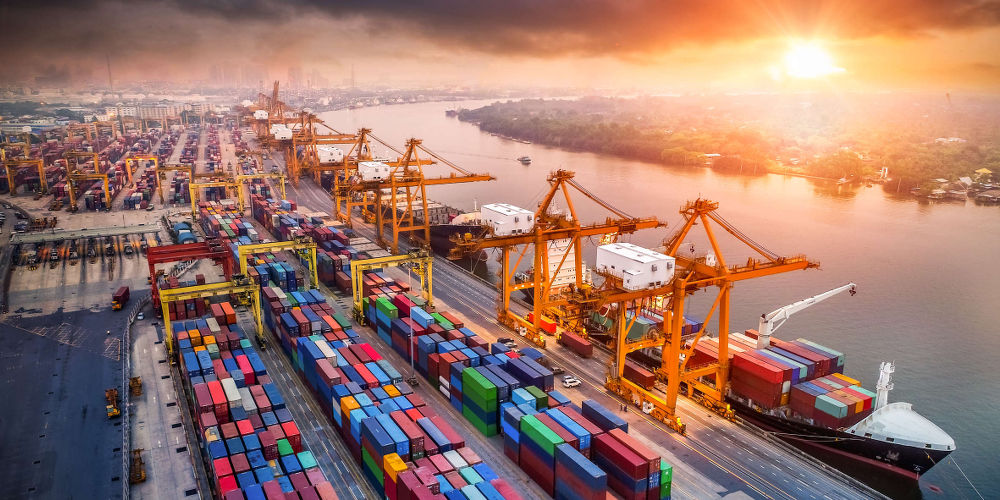Ports in Latin America still largely follow the typical industrial model, functioning as maritime terminals in the sea-land interface and with a greater focus on managing concessions and their own infrastructure. Some of the more modern ports also act as transportation and distribution centers.
Today, for ports to play a truly instrumental role in integration and trade, they need to move toward a more open model, becoming major providers of services to the private sector as a whole without neglecting their traditional role as facilitators of transportation infrastructure and maritime trade.
At a time when the Fourth Industrial Revolution is continually transforming how we do things, port terminals need to go beyond performing the basic strategic functions involved in trade in goods and services. Today, their growth, competitiveness, and economic development depend on them becoming innovation ecosystems.
Aware of the changes sweeping this dynamic sector, the Inter-American Development Bank (IDB) has published a new study on cutting-edge port practices. The publication (only available in Spanish), dives deep into an issue that has so far received little attention from academics, even port management experts.
The report highlights several critical aspects of port innovation ecosystems: a strategic vision; efficient coordination among various stakeholders (port operators, transportation companies, port authorities, and service providers); a culture of collaboration; and openness to innovation. This approach makes the port administration a key player in innovation from both the governance and demand sides.
The publication covers the leap from first-generation ports, whose sights were limited to the port area itself, to fifth-generation operations. These use emerging technologies like the Internet of Things, Big Data, and blockchain while also taking advantage of machine learning techniques and artificial intelligence. Further, these ports are more open and favorable to innovation, thus creating conditions that create a virtuous cycle of efficiency, sustainability, and resilience.
Innovation through knowledge-based services could help protect the environment by shrinking shipping’s carbon footprint.
Many of the novel features of fifth-generation ports are covered in the study, such as collaborative logistics procedures, the E-logistics Network environment, and spaces for operators to connect.
This new port paradigm is rooted in the idea that innovation projects cannot prosper through the isolated actions of individual corporations. For them to work, companies, universities, entrepreneurs, investors, government, and potential stakeholders all need to get involved.
Open systems create a synergy between agents and stakeholders with whom they have linkages or interdependencies with. These players need to be part of the ongoing conversation around risk-taking, regulation, and cooperation.
The paper reports on successful experiences of strategic plans whose innovation ecosystems included startup accelerators, specific investment funds, spaces for developing teams and products that simulate variable environments, and specific training in emerging technologies, among other support structures.
On top of labs, incubators, and accelerators, connections between global ecosystems are critical for knowledge transfer. Further, and not to be overlooked, are a regular monitoring of results, a careful analysis of port indicators, and an ongoing evaluation of the potential impacts of these transformations.
To illustrate this point, the study focuses on three success stories: the ports of Rotterdam, Valencia, and Singapore (there are also other interesting examples around the world).
Latin America has already made advances to create modern and innovative ports. Bahía Blanca (Argentina), Cartagena (Colombia), and Itaquí and Santos (Brazil) are inspiring examples of how ports can begin introducing change to promote innovation, including through public policies that help consolidate innovation ecosystems.
In short, the study reveals that technological innovation and development of smart and sustainable ports goes hand-in-hand with an environment conducive to creativity and innovation.
The IDB is committed to supporting the region’s ports as they move in this new and much-needed direction, ultimately making them more competitive in an ever-more connected, integrated world.


